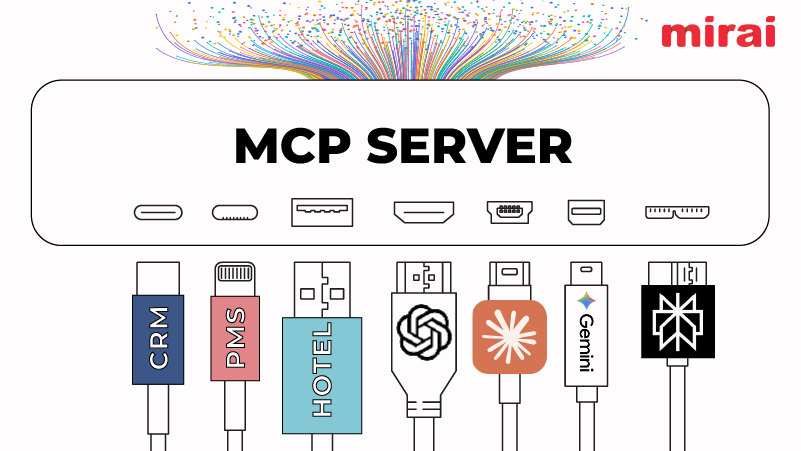
Hyper-personalization is poised to be the next big revenue driver for hotels. By meeting guests where they are and anticipating their needs, hotels can build stronger loyalty and capture more revenue from existing and new guests.
NB: This is an article from TCRM
Subscribe to our weekly newsletter and stay up to date
However, with great power comes great responsibility – hyper-personalization must strike a delicate balance between being helpful and not overstepping boundaries.
What Makes Hyper-Personalization So Powerful?
Hyper-personalization goes beyond surface-level customization, such as addressing guests by name or noting their loyalty tier. It’s about leveraging data to create truly memorable experiences that feel tailor-made for each guest. Here’s why it’s transformative:
- Enhanced Guest Satisfaction: Guests feel valued when their preferences are understood and accommodated. This emotional connection can turn a one-time visitor into a lifelong advocate.
- Increased Revenue Opportunities: Personalized recommendations—whether for room upgrades, dining options, or on-property activities—encourage additional spending by presenting offers that resonate with the guest’s unique preferences.
- Competitive Differentiation: As guests increasingly expect personalized experiences, hotels that fail to deliver risk falling behind. Hyper-personalization can become a key differentiator, particularly in luxury, resort, and urban hotel markets. The big brands and chains will have the upper hand in rolling out hyper-personalization through their guest loyalty programs. Still, even individual independent hotels with the right tools can implement hyper-personalization strategies and hyper-targeted campaigns.
How Could Hyper-Personalization Work?
While the possibilities continue to increase, here are a few practical examples of hyper-personalization in action:
- Tailored Room Experiences: A frequent guest who prefers foam pillows and early check-in could automatically have these preferences applied to their booking through a guest loyalty program, ensuring a seamless experience. This is one of those simple direct booking strategies that’s often overlooked. For new guests, adding these comments into the PMS at check-in for future stays or sending pre-arrival emails from a CRM, such as Revinate, could gather preferences in advance.
- Dynamic Dining Offers: For properties with multiple food outlets, a guest’s dining habits might trigger personalized restaurant offers using solutions like SevenRooms, a platform that integrates dining reservations with guest profiles for seamless personalization.
- Inspiring Travel Through the Guest Journey: Emotionally connecting with your website visitors and their friends through social media. Utilizing a marketing platform like Flip.to, hotels and resorts can leverage authentic, guest-generated content to create tailored marketing messages that resonate deeply with potential travelers




